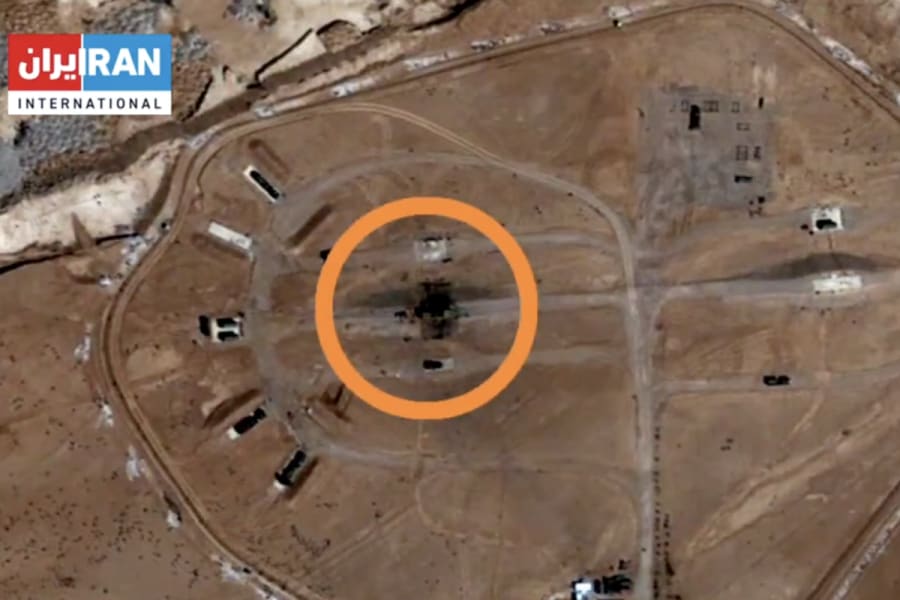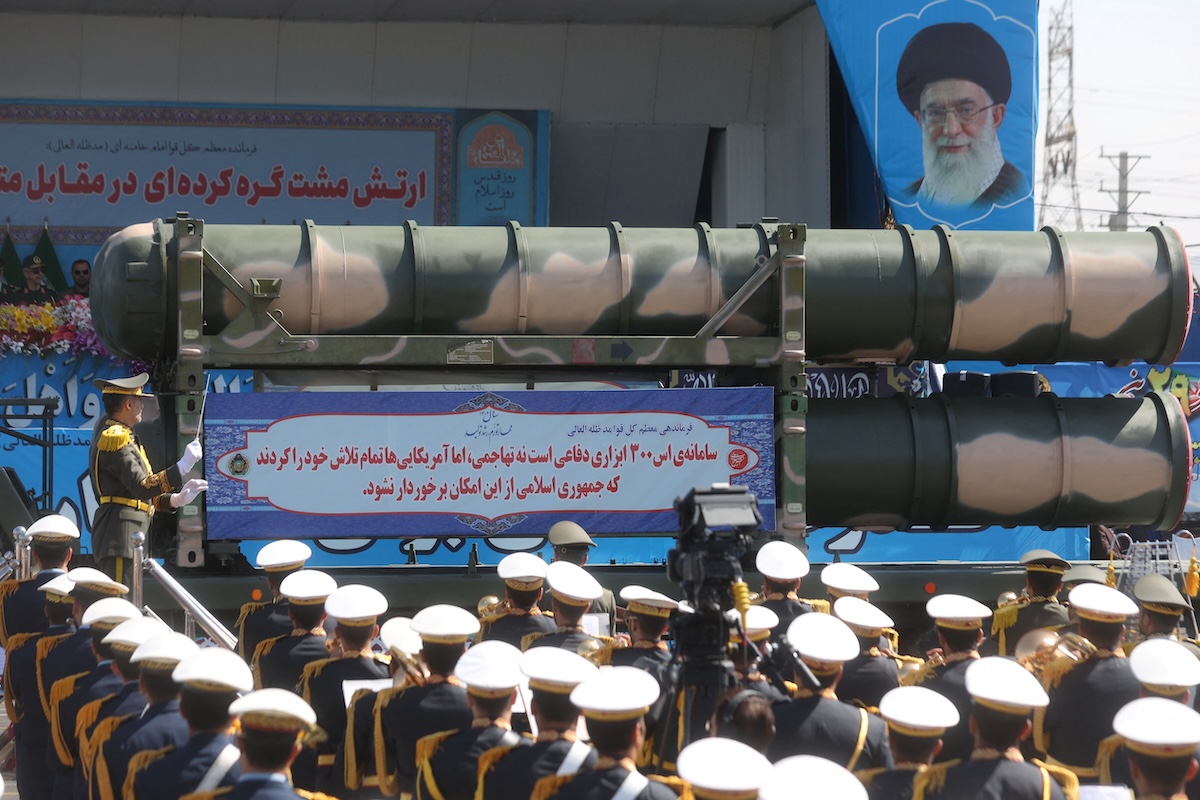Israel used advanced stealth missile to surgically strike Iranian S-300 air defense radar – NYT report
Defense system is integral to defense of Natanz nuclear site

As Iranian officials continued to downplay the Israeli strike in Iran early last Friday morning, recent reports reveal more details about the damage caused and the weapon systems used by Israel in the surgical strike.
In a detailed report by the New York Times on Sunday, two Iranian officials claimed Israel struck an S-300 air defense system that is tasked with defending the Natanz nuclear facility and based in the Shekari Air Base in Isfahan.
Satellite images shown in the Times of Israel and the Iranian opposition outlet Iran International clearly showed the precise and limited damage to an S-300 battery at the airbase.
Analysis of satellite imagery obtained by Iran International confirms media reports that a central part of the S-300 air defense system at an Iranian air base in Isfahan was hit by a presumed Israeli attack early Friday.
— Iran International English (@IranIntl_En) April 21, 2024
📷 @FardadFarahzad via @SkyWatchApps pic.twitter.com/s8ViDTqcFh
The S-300 system, manufactured by Russia and supplied to the Iranian regime, is regarded as one of their most advanced air defense capabilities.
Contrary to official claims, Iran could not detect any beach into its airspace by drones, missiles or airplanes, Iranian sources told the NYT. This would suggest long-range, standoff weapons being used by Israel.
“The Israelis hit what they intended to strike,” another source told FOX News, adding that one main target was struck several times, proving Iran’s air defense system ineffective against the Israeli Air Force.

The Israeli strike was deliberately designed to send a warning to Iran that Israel could penetrate its defense at will while staying undetected, according to the NYT.
Israeli planes, therefore, launched advanced missiles “far from Israeli or Iranian airspace,” while also avoiding Jordan’s airspace.
Israeli media reports suggested that the surgical strike was carried out using one of Israel’s most advanced air-launched guided missiles called Rampage or MARS (Multi-purpose, Air-launched Rocket System), developed by Israel Military Industries (IMI).
The missile has a range of around 150–250 km (93 to 155 miles) and travels at supersonic speed, making its detection exceptionally challenging, even for advanced air defense systems.
The Rampage weighs half a ton and is designed to destroy especially protected and reinforced areas like bunkers, according to IMI.
Israeli media also associated images of the Rampage with the remains found on Friday in the area surrounding Baghdad in Iraq, where residents photographed missile parts consistent with parts of a two-stage standoff air-to-surface missile.
Other reports speculated that the debris could be the remains of Iranian air defense missiles.
Taken together with Syrian reports that air defense systems in the regime's south were also destroyed during the Israeli strike, the reports indicate Israel’s probable course of action that night as follows: Israeli fighter jets reportedly destroyed Syrian air defense systems to avoid early detection, before crossing Syria and penetrating Iraqi airspace, where they launched the stealthy Rampage missiles to precisely hit the radar site in Iran.

The All Israel News Staff is a team of journalists in Israel.
You might also like to read this:
















